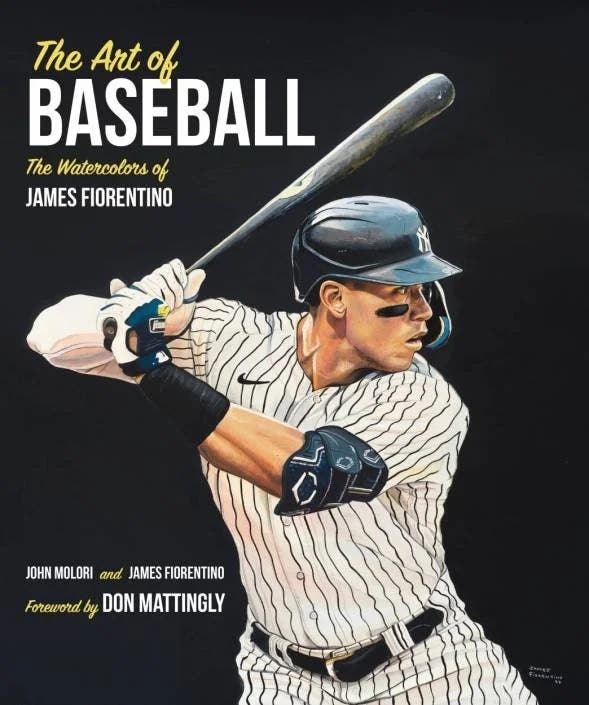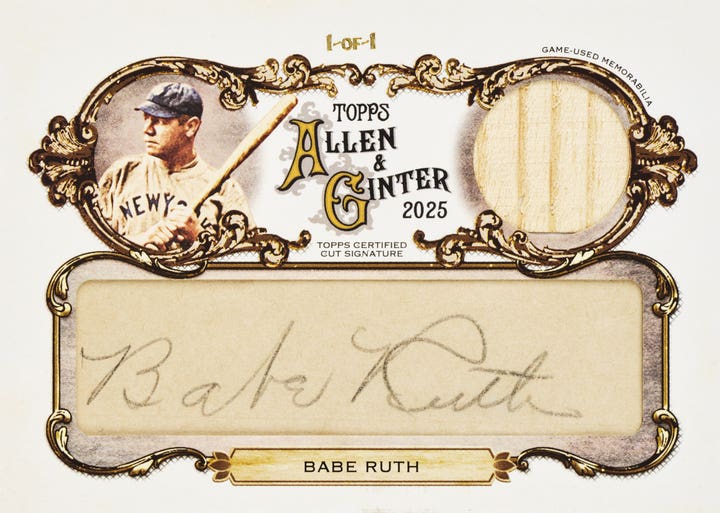News
West Side Story, Baseball Style: Tinker, Evers and Chance
By Doug Koztoski
In December 1903, just a couple months after the inaugural World Series, the Wright Brothers enjoyed their historic first airplane flight. In 1908, the Chicago Cubs celebrated their second straight World Series championship flag to fly over their home field: West Side Park. The iconic Wrigley Field, first known as Weeghman Park, did not open for Chicago fans until 1914.
The airline industry has certainly made solid strides since 1908, additional Cubs Fall Classic victory flags have been, well, grounded until further notice.
The Cubbies appeared in seven other Series from 1910-45, but each time the team stalled in their winning quest, a seven-decade pennant drought drier than the sand dunes at Kitty Hawk.
But enough about the turbulence of lean seasons for a certain Chicago-based National League team, let’s enjoy some time in the jet stream on a sunny and warm day with the 1907 and 1908 Cubs.
Like the Wrights, the ’07 and ’08 Chicago ballclub had a key member of their team named Orville, or in the Cubs case it was spelled Orval.
Orval Overall was not just a distinctive name on the roster, he actually pitched the team to one Series game victory in ’07, their first such championship a sweep of the Ty Cobb-led Tigers; and a pair of them in 1908, also against Cobb’s club. Overall twice won 20 or more games in a season for Chicago.
Another memorable Cubs name from that period: Mordecai “Three-Finger” Brown. The pitcher, who injured his throwing hand in a childhood farming accident, also pulled off the same three-victory combo as Overall in ’07 and ’08 Series clashes with the Tigers.
Brown pitched most of his long career with Chicago and wound up a Hall of Famer.
But the Series champion Cubs of that time that stand out the most are known by their last names, a famous double play combination: Tinker-to-Evers-to-Chance.
Some lasting ink
Immortalized in a 1910 New York newspaper poem best known as “Baseball’s Sad Lexicon,” by Franklin Pierce Adams, it basically addresses how the double play trio thwarted the New York Giants from winning the pennant.
Joe Tinker was the feisty shortstop, Johnny Evers was the solid second baseman and Frank Chance was the first baseman – and sometimes manager, during much of the teammates tenure in Chicago. Chance managed the club to three straight pennants starting in 1906 and added another in 1910.
In 1946, they were all elected to the Baseball Hall of Fame.
When looking for items from the period of the Cubs early 20th-century heyday, baseball cards generally offer the best variety, availability and affordability.
Perhaps the most sought after of those pasteboards come from the classic T206 set. The 1909-11 white-bordered issue includes at least three cards each of Brown, Overall, Tinker, Evers and Chance.
The 1911 gold-bordered T205s, with more colorful front designs, include all five of those players, but with only one card of each in the issue.
Some of the larger format and higher-priced card sets including the five Cubs players highlighted here appear in the 1910-11 T3 Turkey Red and 1911 T5 Pinkerton “cabinet” issues.
The 1911 T201 Mecca Double Folders are another strong consideration. With this offering, a hinged section allows the top one-third to be folded so the illustration of the player’s torso on the card back shares the legs and feet of the player on the front. As far as Cubs of note go with T201s: Mordecai Brown is paired with Chicago outfielder Arthur Hofman; Chance and Evers also team up.
An additional interesting option? The 1912 T202 Hassan Triple Folders. With these horizontal cards, a player portrait anchored each side panel and an action shot comprised the center/larger panel.
Many Cubs players and side/center combinations are found within the tobacco set, but likely the most sought after for Chicago fans is No. 64: “Evers Makes a Safe Slide,” with Tinker and Chance on the side panels, respectively, while Evers kicks up some dust in the middle. Expect to pay a few thousand dollars, minimum, for a halfway sharp graded version of this classic T202.
“Once in a while we get in some T202s,” said Steve Wilson, owner of Jim and Steve’s Card Shop in Waukegan, Ill. But, comparatively, the tobacco era cards he deals with the most are the T206s. “Some Hall of Fame collectors buy Tinker, Evers and Chance all at one time,” Wilson said from his card shop that he has owned since the early 1980s.
On occasion, Wilson mentioned, he picks up some Cub T206s for the store at local shows. But about a year ago, destiny smiled extra bright on his shop, located about 40 miles north of Wrigley Field.
“A guy walked in with an album of T206s; there were about 250 pasted inside,” he recalled. “There were around 50 cards of Hall of Famers, a couple Cobbs, Christy Mathewsons, Cy Youngs and (Frank) Chances.” Wilson purchased the group, took his time removing the cards from the album and “one guy pretty much bought them all,” he noted.
Raw cards in Very Good shape of Cubs stars from over a century ago, representing various sets, commonly sell in the $30-$50 range. Encapsulated cards of the same players in mid-level or above grade, meanwhile, can jump in price like a bad hop ground ball.
Recently, T206s of Tinker, Evers and Chance, all averaging around PSA 5 (Excellent) sold for about $600-$700 each, where some slabbed T3 Turkey Reds in comparable condition brought about $2,500 to $3,000 apiece.
Many of the better-known Cubs are included in the Domino Discs and the Sweet Caporal pins from the era. The Domino Discs are a bit harder to find and can go for around $100 in PSA 5, while comparable Sweet Caporal pins are often about $35-$60.
In 2008, a 1907 Cubs World Series Program sold for about $9,000 through Heritage Auctions; in 2010 via the same venue, a 1908 Cubs World Series program sold for nearly $39,000. Like the programs, ticket stubs from these Series’ are rare, as well. The stubs, however, sell for “only” hundreds of dollars.
Really ready for takeoff
In the 1980s movie trilogy Back to the Future, they spend a decent amount of time in 2015, where flying cars are common – and the Cubs win the World Series.
Well, it’s 2015 and flying cars are largely still a fantasy. But might the Cubs finally win another World Series this season? We’ll see soon enough.
If it happens in the near future, part of the huge celebration parade in Chicago will include those who have flown in on aircraft of all sizes. And likely some of the festivities will be preserved with footage gathered from camera-equipped personal drones buzzing about.
If they were still here to see it, Wilbur, Orville and Orval, and many others from several decades ago, would likely be, at first, a little perplexed at the sight of it all: the Cubs finally winning the Series after such a long time, and the technology that surrounds us, like an electronic bear hug in many ways, in aviation, communication and elsewhere. Yes, perplexed, but oh so proud … and ready to party, Chicago style.
Give the guy a break, will ya?
In late September 1908, the Cubs and Giants were involved in a famous incident that significantly altered the pennant race between the franchises.
With two outs in the bottom of the ninth inning of a tied game in New York, it appeared that the home team had beaten Chicago when, with runners on first and third, a Giants single seemed to score the decisive tally.
But Giants rookie first baseman Fred Merkle, the runner on first, failed to touch second base, even after the run scored, and local fans swarmed the Polo Grounds to celebrate the “win.” Even though Merkle did not reach second it was supposedly routine for players to operate as he did and return to the dugout under the “game-winning” circumstances.
Yet Cubs second baseman Johnny Evers did not give up hope. He retrieved a baseball, appealed to the umpires and stepped on second base claiming that, technically, Merkle was being forced out and the run did not count, ending the inning. The umps bought it. And since there were no lights to continue playing and the field was crowded with fans, the umpires said the game would end as a tie.
Chicago won the rematch that was replayed in its entirety. The Cubs captured the 1908 pennant, by one game, over the Giants. The base running misplay, one of the most controversial of a high-profile nature in big league history, has long been known as “Merkle’s Boner.”
Merkle appeared in some of his era’s card issues, but his infamous mistake was highlighted decades later in both the 1960 (Baseball Hi-Lites) and 1961 (Baseball Scoops) Nu-Card sets with the unflattering headline “Merkle Pulls Boner.”
Doug Koztoski is a frequent contributor to SCD. He welcomes comments and questions related to this article at kozpro20@hotmail.com.








